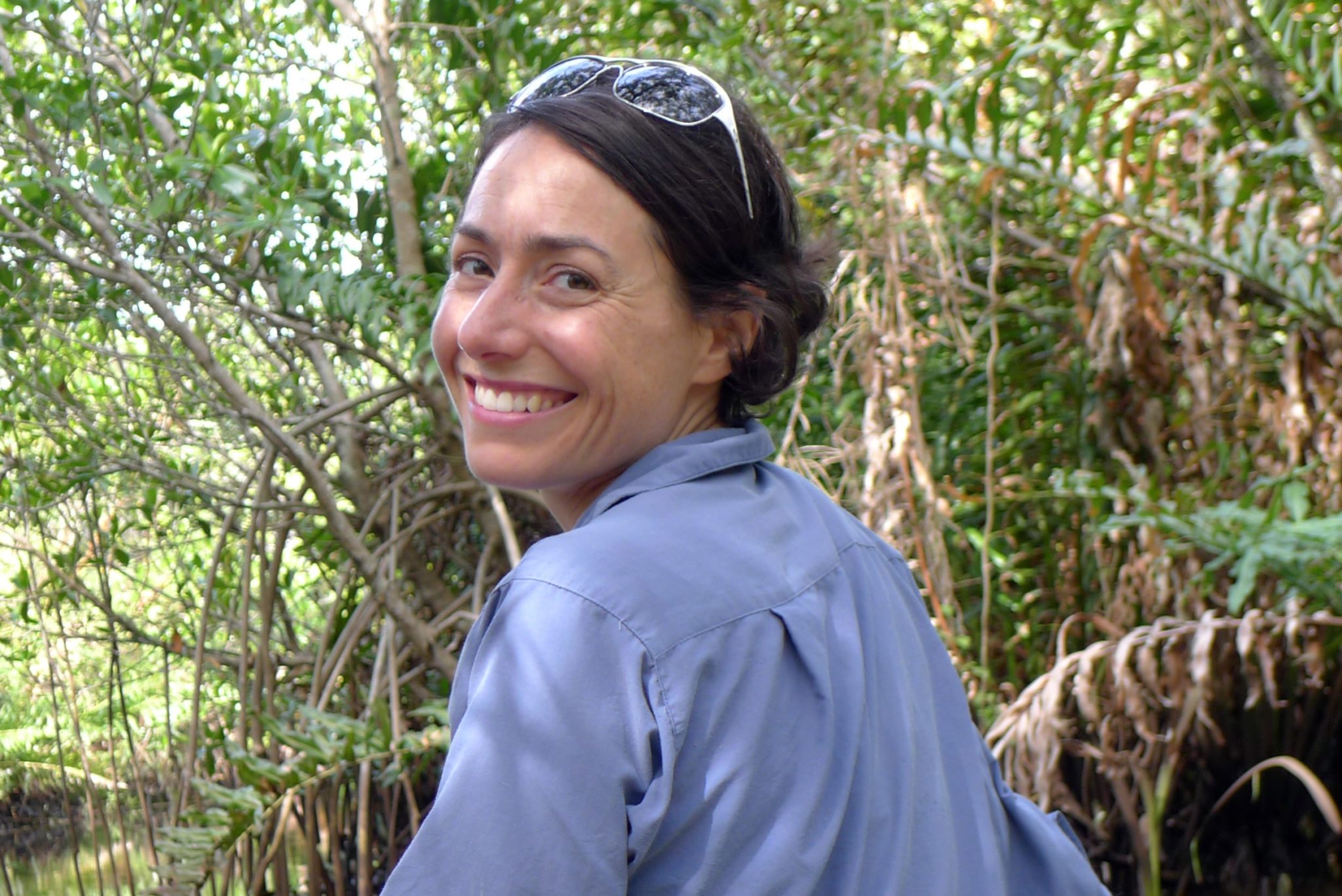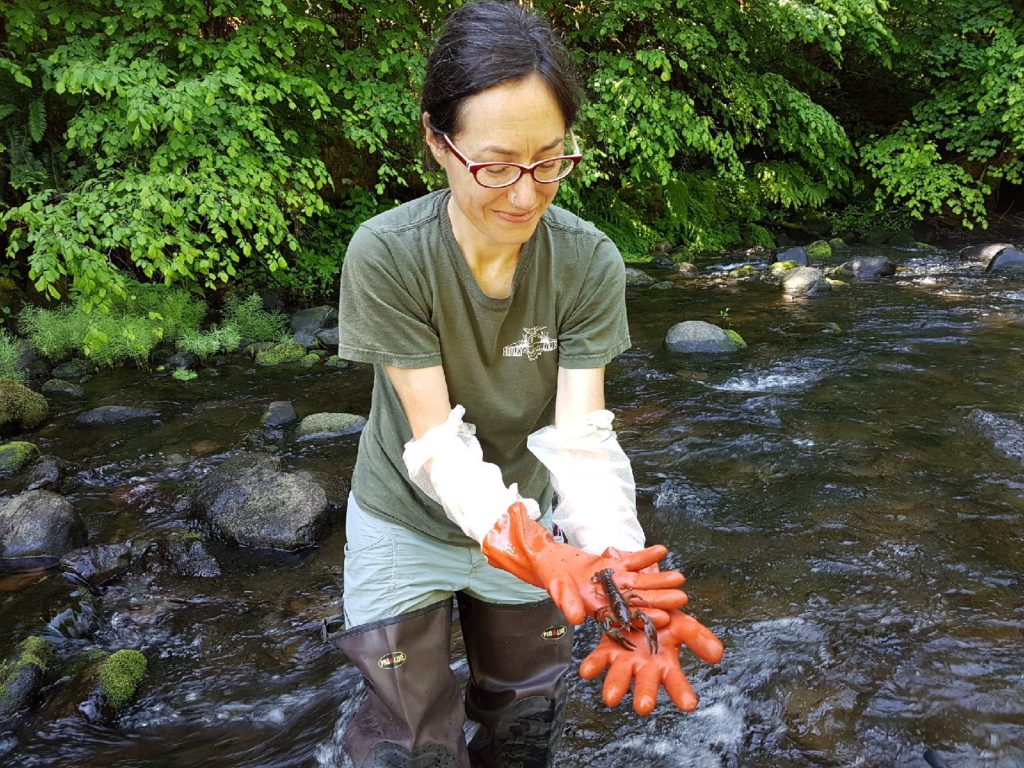
The U.S. Endangered Species Act (ESA) is designed to protect and recover species at risk of extinction. Once on the list, species are protected from being traded, sold, harassed, hunted, and collected, as well as from interference in breeding and behavioral activities and degradation of their habitat. To determine whether a species should be protected under the ESA, the U.S. Fish and Wildlife Service (USFWS) and the National Marine Fisheries Service (NMFS) use data collected and analyzed by scientists including Brenna Forester, a post-doctoral researcher in the Department of Biology.
Forester was awarded the David H. Smith Conservation Research Fellowship, which she will use to investigate how best to integrate large-scale genomic data into ESA listing decisions. Forester’s research will include mentorship by faculty members Chris Funk from Colorado State University and Erin L. Landguth from the University of Montana, as well as conservation practitioners at the USFWS and NMFS.
Genomic data are particularly useful in identifying populations needing protection. “These data tell us all of the same things as smaller-scale genetic data sets: demographic history, population structure, gene flow, but with more resolution,” said Forester. What differentiates large-scale genomic data, however, and what can make them so valuable for conservation is that “we can start to look at things like local adaptation.”



Genomic data has provided the foundation for the on-going case of spring-run Upper Klamath-Trinity River Chinook Salmon, which conservationists petitioned for ESA protection based on a single gene that differentiates these spring-run fish from related fish in the same watershed. The ESA does not specify exactly how distinct a population must be to merit protection, prompting debate among conservationists and researchers as to whether it should be included as a protected population. Forester’s investigation of how genomic data can best be used in the listing process will soon add new knowledge to the conversation around which species should be included on the ESA list.
“Because we can sample so much of the genome,” Forester explains, “we can get close to and even within the genes that produce traits that may be important for helping populations or individuals be better adapted to their local conditions. That information is really important with things like climate change, because we’re interested in understanding if we have a threatened population, and how we can help it adapt to changing conditions in place.”
Forester will research how genomic data can inform our understanding of the evolutionary potential and adaptive capacity of populations, improving biologists’ ability to delineate species and assess extinction risk under the ESA. This will lead to recommendations on how to better identify, list, and protect populations.